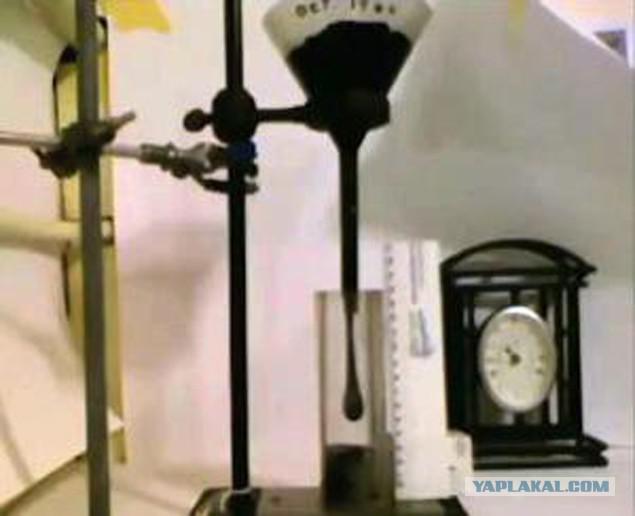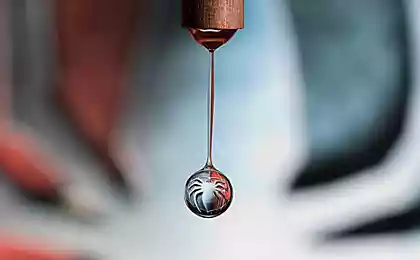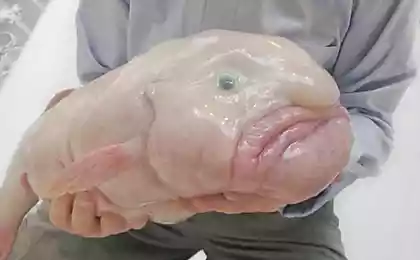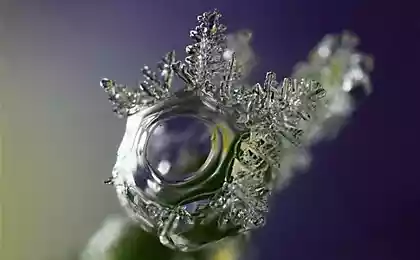473
"A drop of eternity"
"A drop of eternity" are those that are separated from the funnel, standing in Australia - at the University of Queensland. Dripping bitumen. And so slowly that it leads to philosophical reflection.
The experiment began in 1927, the physicist - Professor Thomas Parnnell (Professor Thomas Parnell). Place in a glass funnel pieces of tar (aka bitumen, also known as pitch) to examine the viscous properties of the material and see how he will behave. Nearly three years of bitumen, which is called ustakanivaetsya, taking the form of a funnel. In 1930, Parnell opened the drain hole, and bitumen "drip", so to speak, down. The first drop dripped through 8 years.
Bitumen is fluid, but at room temperature it becomes like a stone - can be broken into pieces with a hammer. Nevertheless, the flow properties to some extent are stored. That demonstrates an experiment that is now listed in the Guinness Book of Records as the longest in the history of science.

Australians have a chance to capture the first gap in 2000. They even installed a webcam. But at the University of disconnected light - only 20 minutes. But just at this time, drop and dripped.
In 2005, for their many years of work and a bummer when shooting scientists from the University of Queensland have been awarded the Ig Nobel Prize amusing.
According to scientists, the gap occurs in two stages - first falls drop the size of a finger, and then breaks the thin thread, connecting a short time and a lot of drop in the cup.
From the experiment shows that bitumen is 2 million times more viscous than honey and 20 billion times more viscous than water.
How long it will last experiment? Judging by the volume of bitumen remaining in the funnel, it will suffice years on 100.

Source:
The experiment began in 1927, the physicist - Professor Thomas Parnnell (Professor Thomas Parnell). Place in a glass funnel pieces of tar (aka bitumen, also known as pitch) to examine the viscous properties of the material and see how he will behave. Nearly three years of bitumen, which is called ustakanivaetsya, taking the form of a funnel. In 1930, Parnell opened the drain hole, and bitumen "drip", so to speak, down. The first drop dripped through 8 years.
Bitumen is fluid, but at room temperature it becomes like a stone - can be broken into pieces with a hammer. Nevertheless, the flow properties to some extent are stored. That demonstrates an experiment that is now listed in the Guinness Book of Records as the longest in the history of science.

Australians have a chance to capture the first gap in 2000. They even installed a webcam. But at the University of disconnected light - only 20 minutes. But just at this time, drop and dripped.
In 2005, for their many years of work and a bummer when shooting scientists from the University of Queensland have been awarded the Ig Nobel Prize amusing.
According to scientists, the gap occurs in two stages - first falls drop the size of a finger, and then breaks the thin thread, connecting a short time and a lot of drop in the cup.
From the experiment shows that bitumen is 2 million times more viscous than honey and 20 billion times more viscous than water.
How long it will last experiment? Judging by the volume of bitumen remaining in the funnel, it will suffice years on 100.

Source:






















